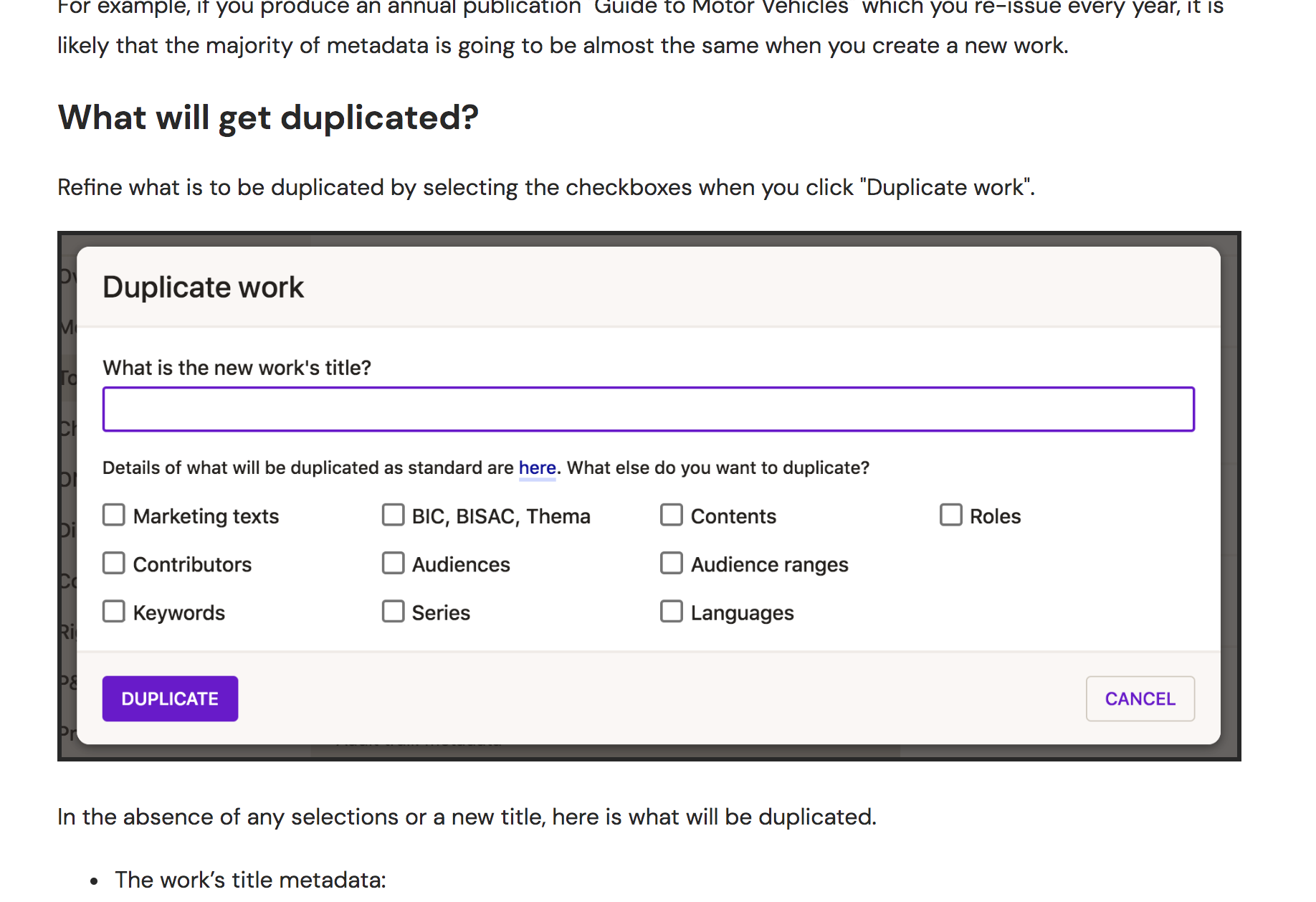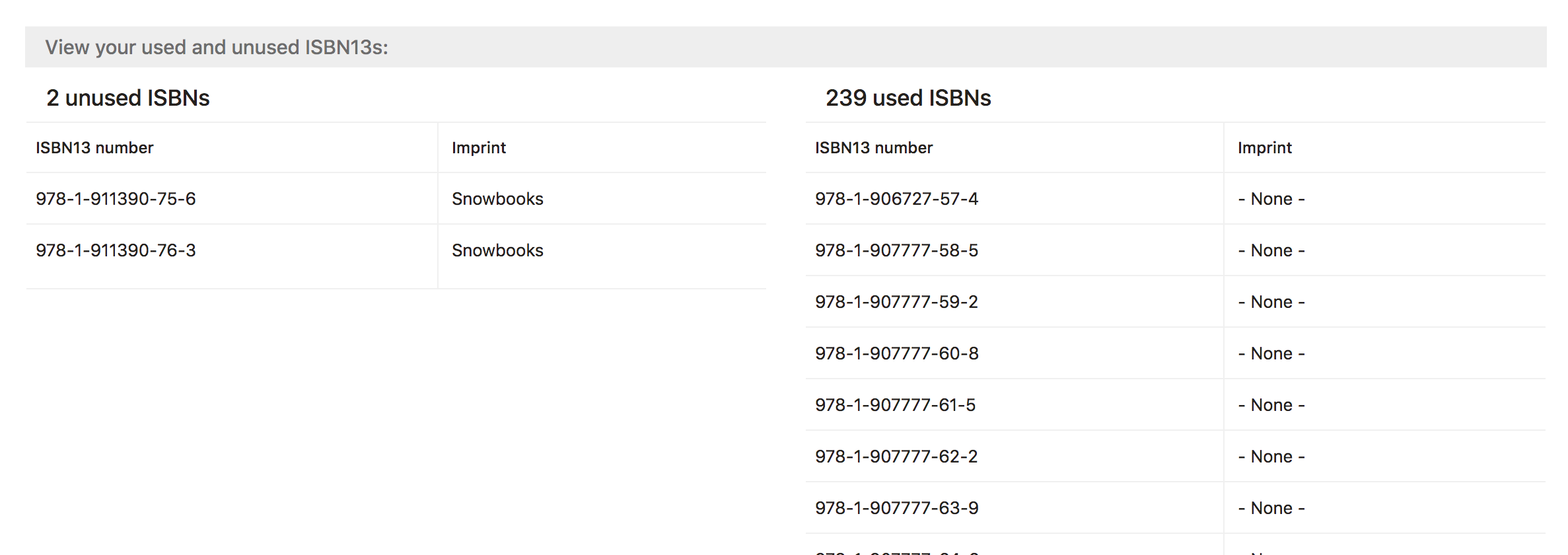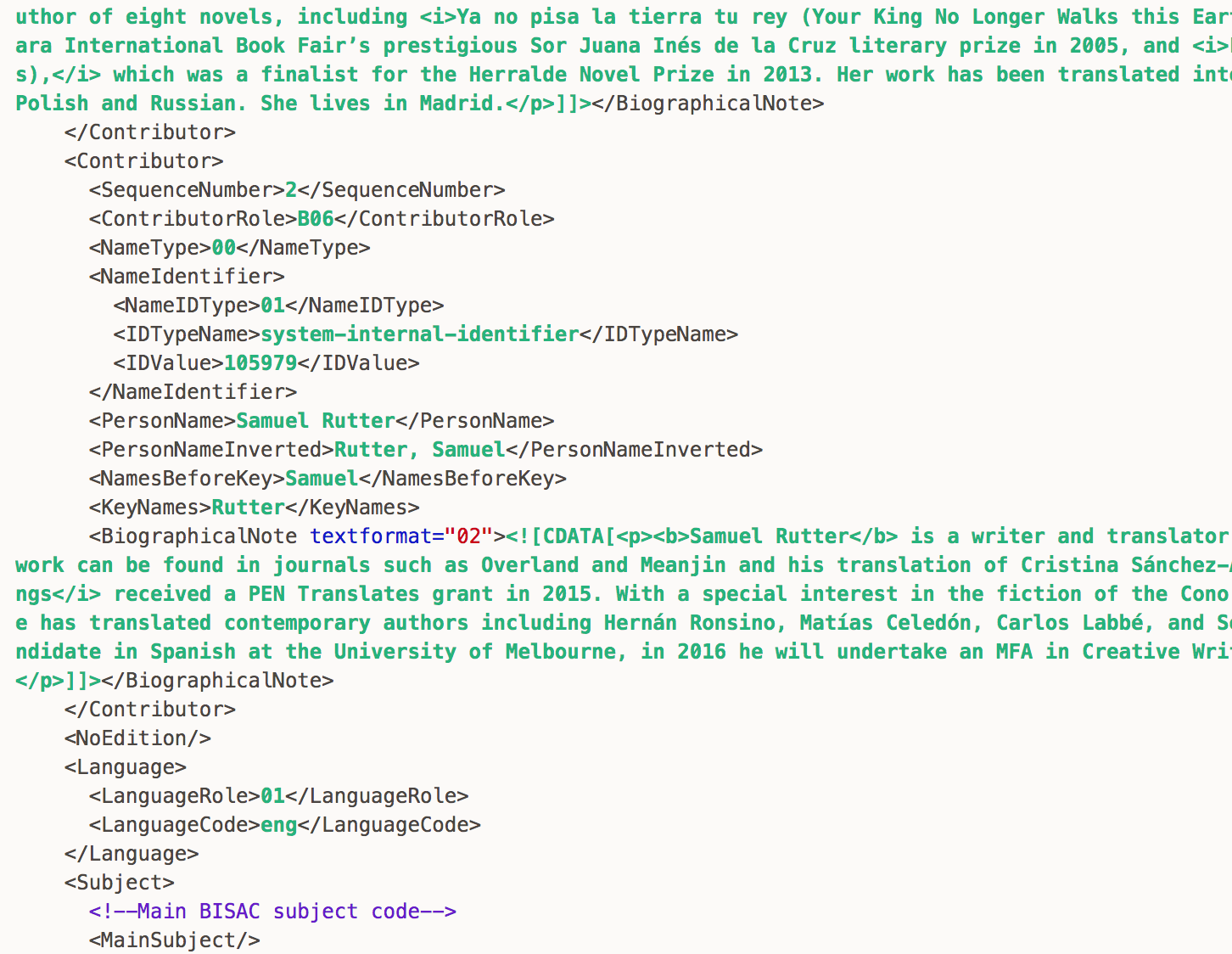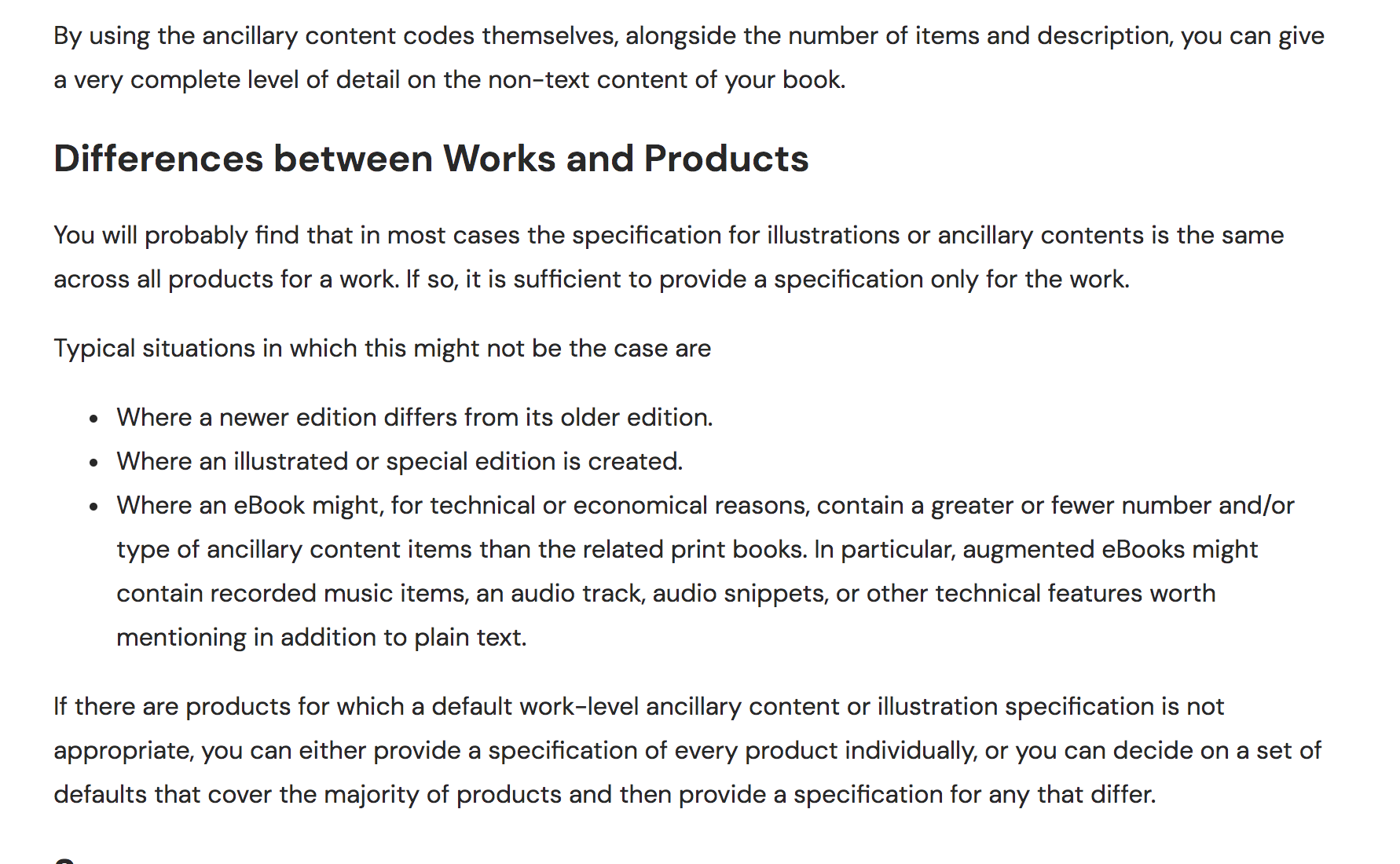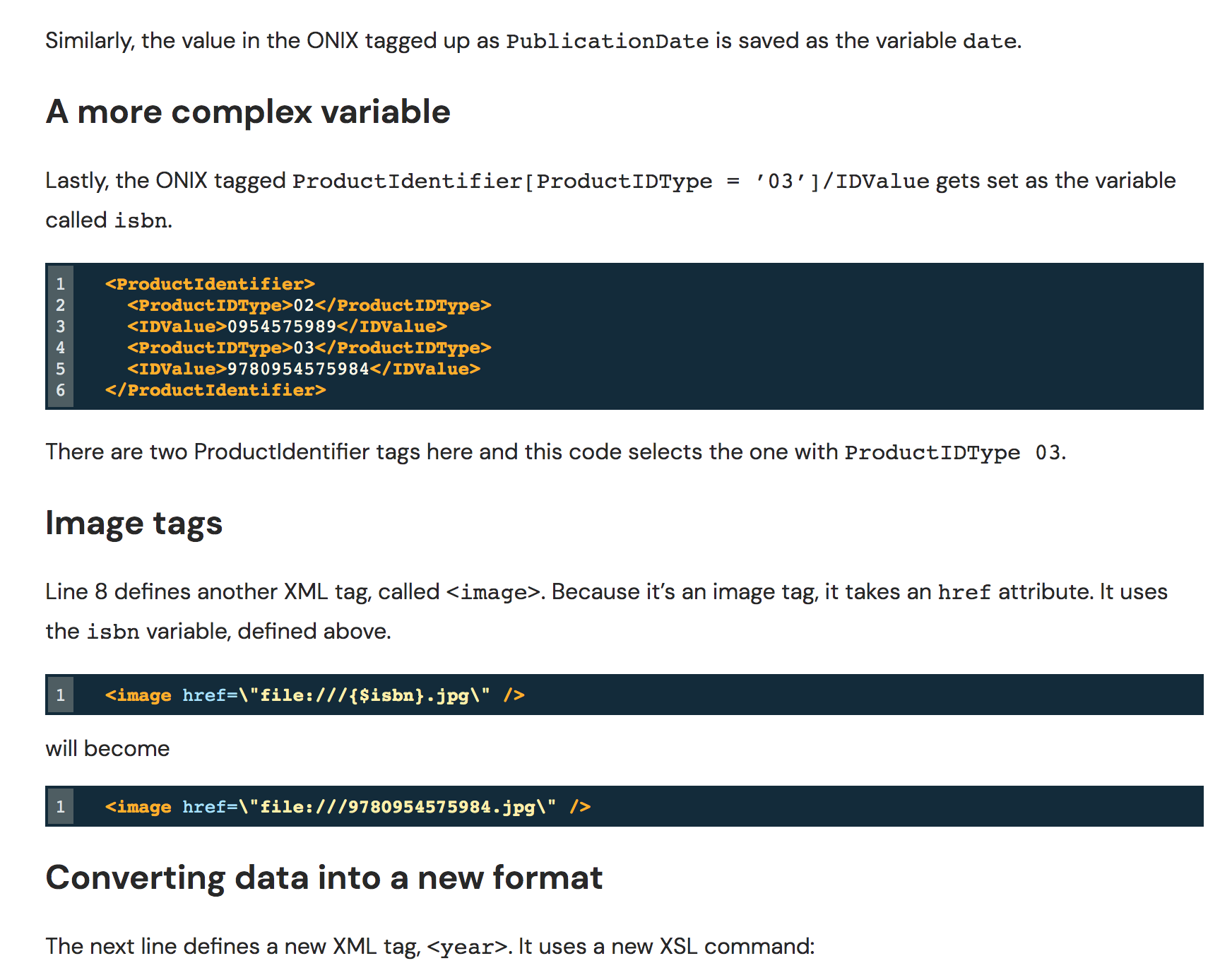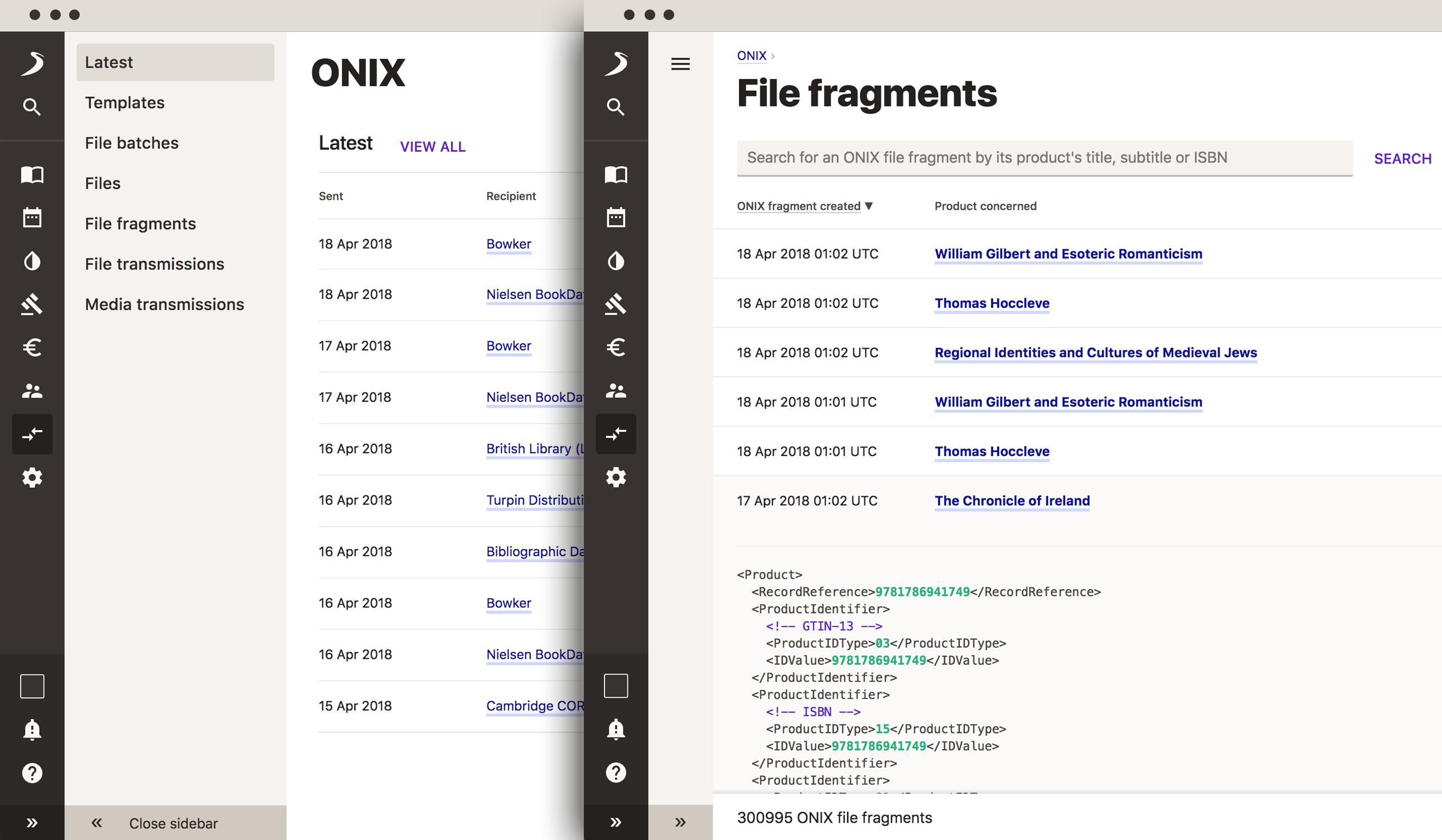Manage data efficiently.
Use advanced features to perform common tasks, fast.
Supercharge your processes.
Share data across all your systems to remove duplication.
Increase your publishing knowledge.
Level up to expert metadata level.
Get your data out: expert level.
Sell more books and improve your brand through sharing data in efficient ways.
